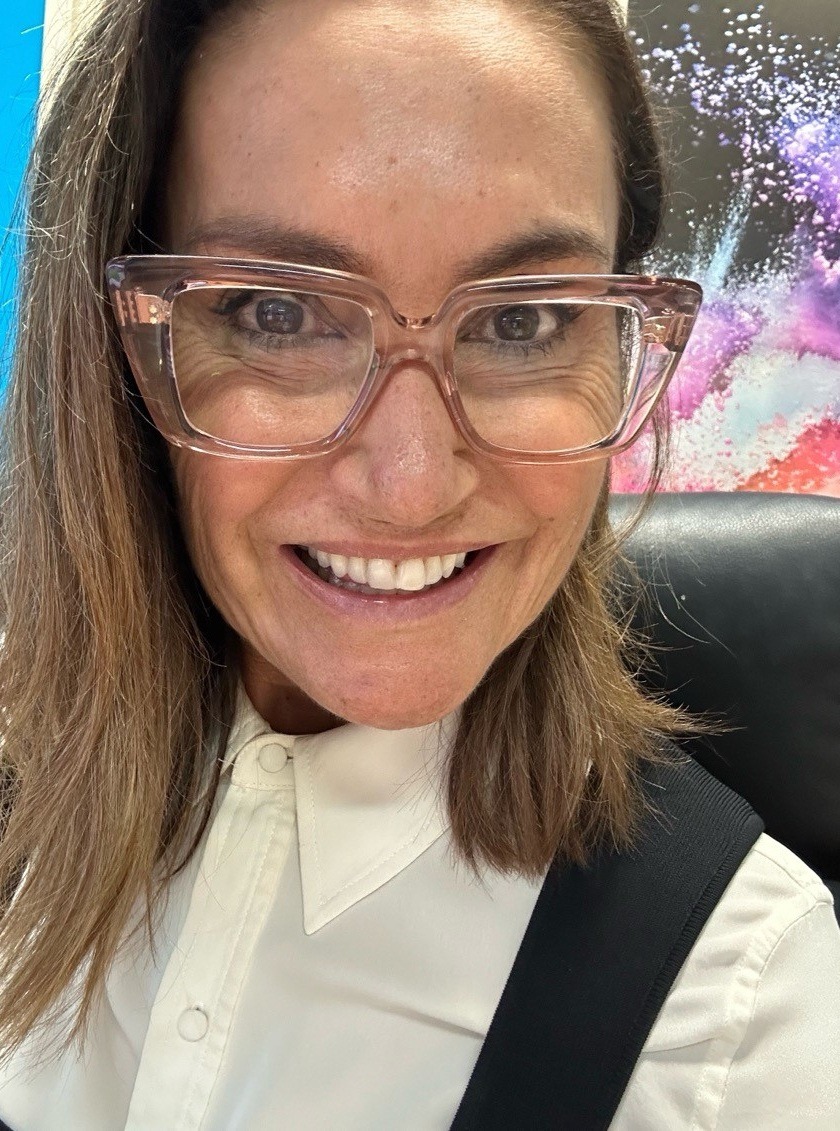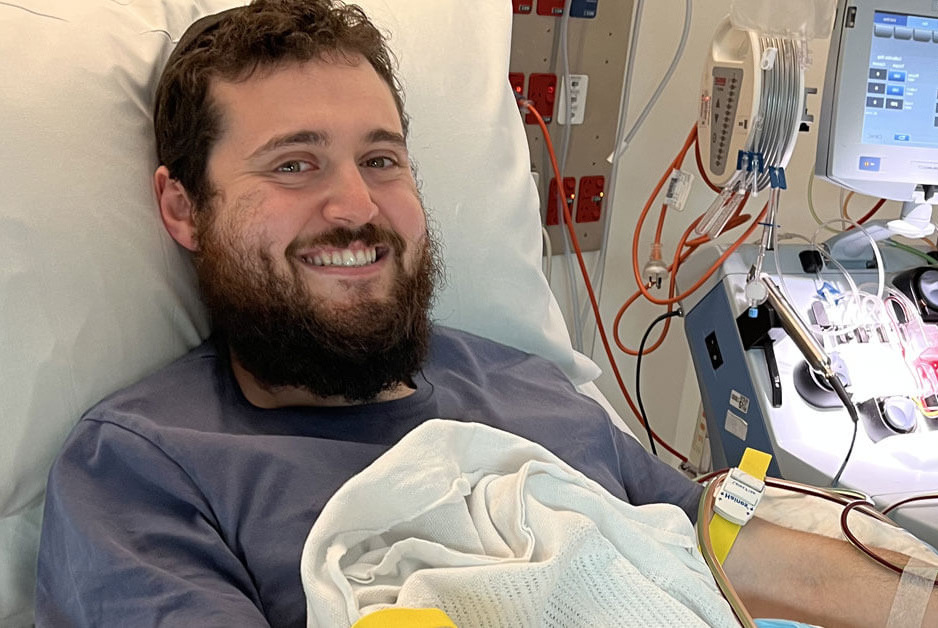
Gea
Gea was diagnosed with Myelodysplastic Syndrome in October 2024, and now needs a stem cell transplant.
Stem Cell Donors Australia was formerly known as Strength to Give and ABMDR. Learn more.
Patients with life-threatening blood cancers or disorders can be cured by healthy blood stem cells from complete strangers like you. Stem Cell Donors Australia connects these patients with life-saving volunteer stem cell donors.
| 1,200 | patients in Australia and many more worldwide will search for a blood stem cell donor every year. |
You could be the match someone is waiting for. If you’re 18-35, join the registry and stand by to save a life.

Every day, patients in need of a stem cell transplant rely on the kindness of strangers to find a matching donor. Unfortunately, many still struggle to find a match. Our appeals platform gives families, friends, and communities a powerful way to raise awareness for their loved ones and encourage new donors to join the registry.
By supporting an appeal, you can help recruit potential stem cell donors, increasing the chances of finding a life-saving match for more patients in need.
To register you’ll need to be aged 18-35 and meet some basic eligibility requirements. You can then order a free cheek swab or provide an extra sample when you next donate blood. This sample lets us match your genetic type to any patient in need.
If you are identified as a potential match for a patient in need, we’ll contact you to let you know the exciting news. You’ll then need to go through a few tests to check your health and confirm your suitability for the patient.
If you’re one of the lucky few that are asked to donate, we’ll be with you every step of the way helping you with everything from understanding the donation process, to getting time off work and covering all your costs. Your procedure will be completed at an experienced hospital, and we’ll be here to support you through every step.
Stem cells are specialised cells found in bone marrow, the soft tissue inside your bones. They have the unique ability to develop into different types of blood cells, making them crucial for the body’s healing processes.
Blood stem cell transplants are a critical, potentially life-saving treatment for patients with blood cancers and disorders, such as leukaemia and lymphoma. The procedure replaces malfunctioning stem cells with healthy ones from a donor, directly addressing the underlying causes of these illnesses. For many patients, a stem cell transplant represents their last hope for a cure and offers the best chance for long-term survival.
These transplants are essential not only for restoring healthy blood cell production but also for strengthening the immune system, enabling patients to better fight infections and recover from their conditions. Each year, thousands of Australians are diagnosed with blood cancers and disorders, and many rely on stem cell transplants to survive.
Many people are surprised to learn that donating stem cells or bone marrow is much less painful than they are led to believe (thanks, Grey’s Anatomy). In fact, about 90% of donors provide stem cells through a process called peripheral blood stem cell (PBSC) collection. This is similar to donating plasma and takes place in a comfortable chair (with snacks!). Blood is drawn from one arm, stem cells are filtered out, and the rest of the blood is returned to you through the other arm. The whole process usually takes about 4 to 6 hours, but you can relax and enjoy the experience.
For the remaining 10% who are asked to donate bone marrow, the procedure is also quite manageable thanks to modern advancements. You’ll be under general anaesthesia, so you won’t feel anything while liquid marrow is gently extracted from your hip bone. This procedure typically lasts about 45 minutes to an hour. Depending on when it’s done, you might need a short overnight stay in the hospital, or you could head home the same day.
So, while the thought of donating can seem daunting, most donors say the experience is well worth it, and they would do it again in a heartbeat!
If you are donating peripheral blood stem cells, you will need to complete a short course of G-CSF injections prior to donating.
In the short term, G-CSF causes a temporary increase in your bone marrow’s production of white blood cells. It also acts as a cytokine (a chemical that our immune system uses to fight infection) which can cause side effects like aching and fatigue – symptoms typical of your immune system’s response to an infection.
In the long term, the closely monitored experience of thousands of volunteer donors worldwide has shown us that marrow stem cell donation is safe and has no effects on long-term health.
If you are donating bone marrow, there is no preparation or medication required before the procedure. Most commonly, you may feel sore and stiff in your lower back for a couple of days after the procedure. Any pain can be managed with paracetamol. There might also be some bruising to the back of your hips and some donors can feel tired after the procedure, so the best thing you can do is rest.
Most donors are back to their regular routines after a week and say that they’d donate again in a heartbeat.
Want to read firsthand accounts from real donors? Check out our Donation stories.
The main cost to you as a donor will be your time. This includes time to enrol, provide additional blood samples if requested and time to be assessed by the doctor and actually donate your stem cells if you are matched to a patient in need.
We’ll support you throughout the entire donation process, including providing resources to help explain to your employer why you may need time off, answering any questions you may have along the way, and we’ll cover travel, medical and hospital expenses related to your donation. This includes incidental expenses and any accommodation and transport costs that may arise if you need to travel.
Note that, as a volunteer, you will not receive any form of payment for donating as this is against the Human Tissue Act.
The stars need to align for a life-saving transplant to take place. We work with hospitals, registries, and partners worldwide to ensure that when the time comes, everything is in place to save a life.